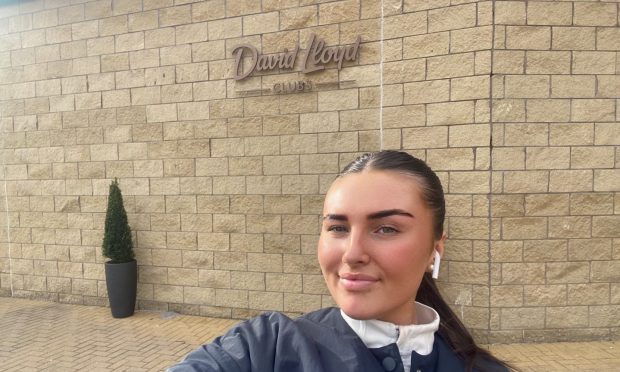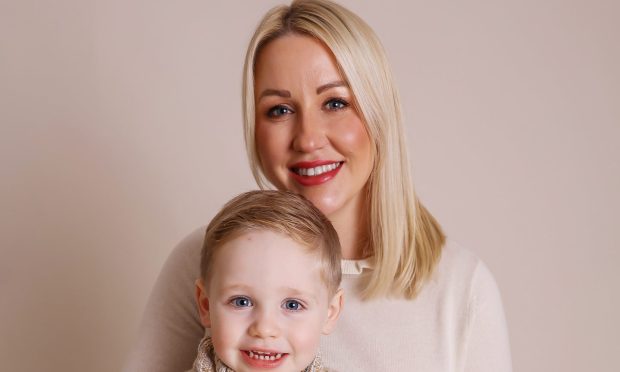The Covid booster vaccine rollout is well under way across Tayside and Fife.
And it has now been announced everyone older than 39 will be entitled to a booster vaccine in Scotland, to improve immunity to the virus.
But why do we need boosters? Is it because our immunity to the first two Covid vaccines wears off over time? And will we need them every year?
We’re answering all your questions about Covid immunity and booster vaccines.
Why do we need Covid booster vaccines?
Like some other vaccines, there is evidence to suggest the level of protection offered by Covid jabs may begin to wane over time.
Getting a booster dose helps extend the protection from your first two doses and gives you longer term protection from the virus.
The booster also helps reduce the risk of you needing admission to hospital due to Covid-19 infection this winter.
Booster vaccines are already given for infections and diseases such as tetanus, diphtheria and polio.
Booster doses can help increase the level of antibodies and memory immune cells, and even strengthen their potency.
Is immunity waning in those who haven’t had the booster?
According to AstraZeneca: “In the days and weeks following vaccination, there is an initial surge in immune cells and antibodies that act as the ‘frontline fighters’ against a foreign invader in the body, such as a virus.
“Over time, these ‘frontline fighters’ naturally fade or wane, but they don’t reduce to zero. This is normal, expected and happens with all vaccines.”
A recent study by the UK Health Security Agency (UKHSA) found that at least 20 weeks after the second dose of AstraZeneca, effectiveness against symptomatic disease was 44.1%.
This was down from 63% straight after dose two.
For Pfizer it was 62.5% at week 20, compared with 92% immediately after the second dose.
However, two weeks after receiving the booster dose, protection against symptomatic infection increased to 93.1% in those who had two doses of AstraZeneca.
Protection following a Pfizer booster is 94%.
Immunity from the vaccine declines over time. This is why booster vaccines will play an important role in the continued fight against Covid.
Who can get a booster?
The elderly, those in care homes or with an underlying health condition that makes them vulnerable to severe Covid have priority for a booster jab.
The booster programme has now been extended so everyone over-40 will receive one.
Therefore there is every chance under-40s will also be eligible for boosters in the future.
As with the older age groups, under-40s will have to wait six months from second dose to be eligible for their booster.
Will we need Covid boosters every year?
It’s currently uncertain. However, in August it was reported the UK Government has ordered 35 million Pfizer doses for a 2022 autumn/winter booster campaign.
This could point to the beginning of a yearly Covid booster vaccine rollout.










